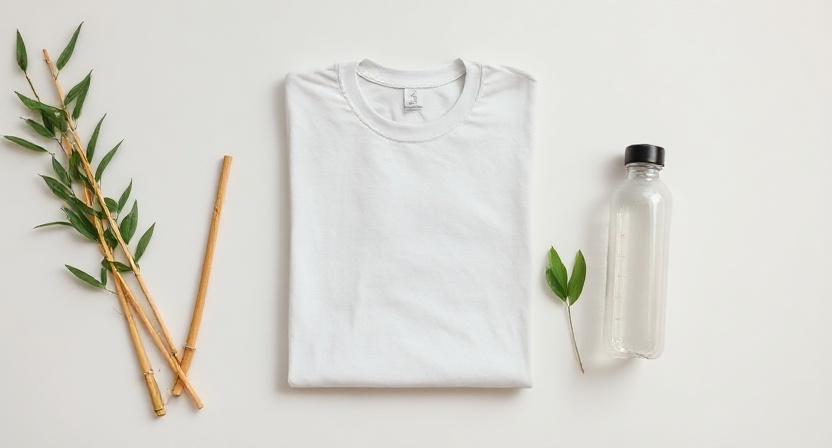In the last decade, bamboo clothing has gained a reputation as the future of sustainable fashion. Brands like Bamboo Basics highlight its silky softness, breathability, and reduced environmental footprint. But how eco-friendly is bamboo really?
This blog takes a deep dive into the carbon footprint of bamboo clothing, comparing it to conventional fabrics like cotton, and separating fact from greenwashing.
1. Why Bamboo Clothing Is Trending
Bamboo is a fast-growing plant that requires minimal pesticides, fertilizer, and water compared to traditional crops like cotton. It can grow in diverse climates and regenerates naturally, making it a strong candidate for sustainable textiles.
For consumers, bamboo fabrics offer additional benefits:
- Ultra-soft touch similar to silk.
- Hypoallergenic properties for sensitive skin.
- Moisture-wicking and breathable qualities, making it perfect for underwear, socks, and basics.
This mix of comfort and eco-consciousness has made bamboo clothing a favorite among sustainability-minded shoppers.
2. Bamboo vs. Cotton: A Footprint Comparison
Bamboo Basics provides transparent data comparing bamboo T-shirts to cotton equivalents:
- 63% less CO₂ emissions during production.
- 64% less water used.
- 30% less land required.
This means fewer resources are consumed per garment, and fewer emissions are released into the atmosphere. For context, cotton farming accounts for 2.5% of global agricultural land use and is often linked with heavy pesticide use and water depletion.
3. The Processing Puzzle: Is Bamboo Always Sustainable?
One of the biggest questions around bamboo clothing is how it’s processed into fabric. Bamboo fiber typically goes through two pathways:
- Mechanical Processing: The bamboo is crushed, natural enzymes are added, and fibers are combed out. This is the most sustainable method but also labor-intensive and rare.
- Chemical Processing (Viscose/Rayon): The most common method, where bamboo is dissolved with chemicals to create a soft fabric. While efficient, this process can be harmful if not managed responsibly.
Brands like Bamboo Basics aim to reduce risks by partnering with BSCI-certified suppliers and ensuring their textiles meet OEKO-TEX Standard 100 (meaning no harmful chemicals remain in the final product).
4. Carbon Footprint in the Supply Chain
Even with bamboo’s advantages, the entire lifecycle of a garment must be considered:
- Cultivation: Lower emissions compared to cotton.
- Processing: Dependent on chemical vs. mechanical methods.
- Transportation: Bamboo is mainly grown in Asia, so shipping emissions add to the footprint.
- End of Life: Bamboo viscose is biodegradable under the right conditions, unlike polyester.
This holistic view ensures we don’t oversimplify bamboo’s sustainability story.
5. Transparency Matters: Bamboo Basics’ Approach
Bamboo Basics has positioned itself as a brand that doesn’t just talk about sustainability but measures it. Their slow fashion philosophy emphasizes:
- Timeless basics rather than fast-changing trends.
- Durability to reduce overconsumption.
- Reduced resource use (water, CO₂, and land).
However, watchdogs like Good On You argue that more work is needed, particularly in labor rights enforcement and waste management practices. This shows that while bamboo clothing has promise, it’s not a perfect solution yet.
Conclusion
The truth behind bamboo clothing is nuanced. On one hand, bamboo offers significant environmental benefits compared to cotton—lower water use, smaller carbon footprint, and less land use. On the other, the processing methods and supply chain transparency determine how sustainable the final product truly is.
Brands like Bamboo Basics are leading the charge by offering soft, eco-conscious alternatives, but the industry as a whole must keep pushing for greater accountability. For consumers, the takeaway is clear: choosing bamboo basics over cotton is a step in the right direction for both comfort and the planet.




